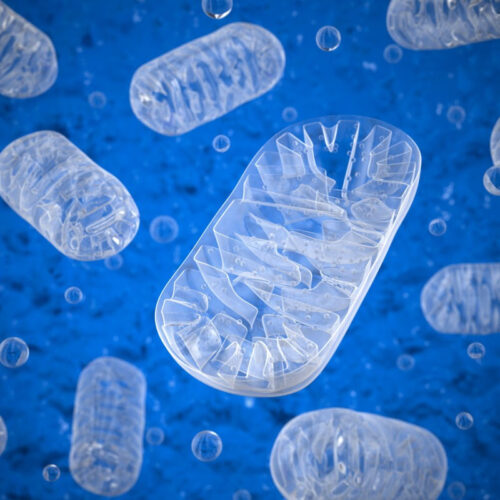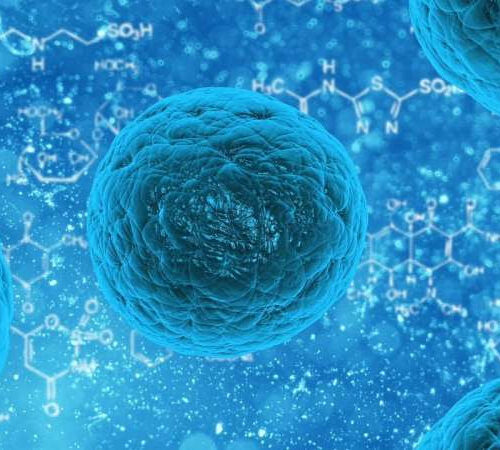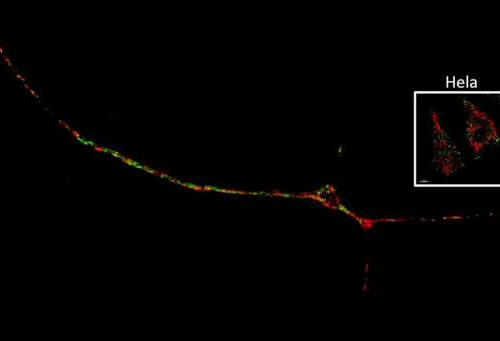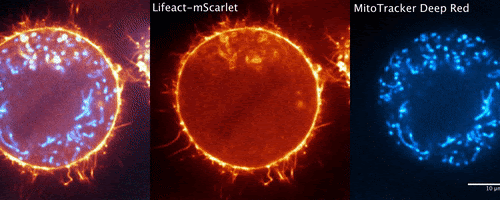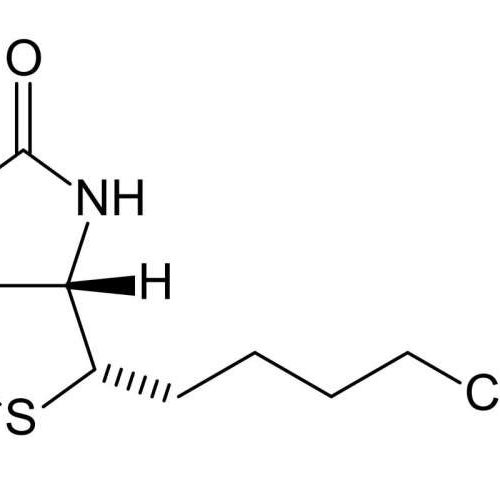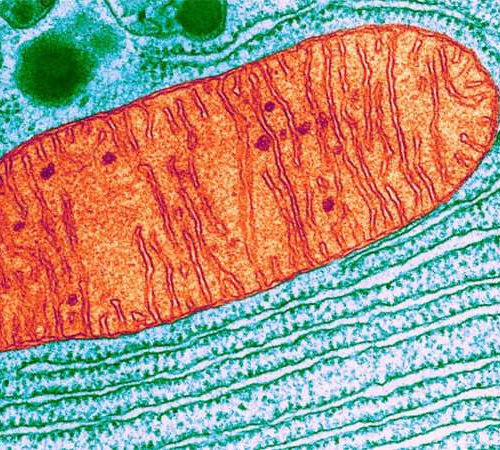By Nick Lavars A new understanding of mitochondria dysfunction in mice has uncovered a potential new treatment target for obesity wir0man/Depositphotos VIEW 1 IMAGES Among the many ways obesity negatively impacts the human body is through an impaired metabolism and reduced endurance in skeletal muscle, and a new study has now shed light on a...
Tag: <span>mitochondria</span>
Mitochondria play key role in lymphatic development
by Northwestern University Formation of lymphatic endothelial progenitor cells (red) in the cardinal vein (CV) and the budding of those lymphatic progenitors outside the vein to reach different organs and tissues and form the entire lymphatic vasculature. CV and blood vasculature are labeled in green. Credit: Northwestern University Mitochondria play a key role in the formation...
Mitochondria could boost immunotherapy effectiveness
by Will Doss, Northwestern University Credit: CC0 Public Domain Boosting mitochondrial function in a subpopulation of T cells could make cancer immunotherapy more effective, according to a recent study published in the Proceedings of the National Academy of Sciences (PNAS). Those cells, known as CD1d-restricted natural killer T (NKT) cells, are much more reliant on mitochondrial metabolism during development...
Interaction of mitochondria and lysosomes key in Parkinson’s disease
by Will Doss, Northwestern University A tiled image of a single neuron showing the scale of a neuron compared to HeLa cells. The cell body of a dopaminergic neuron is smaller than regular somatic cells, but its neurites are very long in their length, which is one reason why different organelle dynamics were observed in sub-compartments...
Twin study reveals how obesity can dull the function of mitochondria
By Nick Lavars April 12, 2021 A twin study has highlighted how obesity can drive changes to the mitochondria of fat cells, resulting in a range of adverse health effects Scientists at the University of Helsinki have used 49 pairs of identical twins to delve into the metabolic changes that can take place in fat...
Penn Medicine Researchers Reveal How a Cell Mixes its Mitochondria Before It Divides
In a landmark study, a team led by researchers at the Perelman School of Medicine at the University of Pennsylvania has discovered—and filmed—the molecular details of how a cell, just before it divides in two, shuffles important internal components called mitochondria to distribute them evenly to its two daughter cells. The finding, published in Nature, is principally a...
How dark matter of the genome interacts with mitochondria—and affects the fate of cancer
by Delthia Ricks , Medical Xpress Credit: CC0 Public Domain If an opinion poll were taken for the most popular component of mammalian cells, the result probably would be a 50-50 split: Half of respondents would likely vote hands down for the nucleus and the other half for the mitochondria—a decision that in no way...
Researchers demonstrate how defects in mitochondria may lead to autism spectrum disorder
by Children’s Hospital of Philadelphia Credit: CC0 Public Domain Researchers at Children’s Hospital of Philadelphia (CHOP) have demonstrated that autism spectrum disorder (ASD) may be caused by defects in the mitochondria of brain cells. The findings were published online by the Proceedings of the National Academy of Sciences. Multiple studies have revealed hundreds of mutations associated with autism spectrum...
Biotin, mitochondria, and dementia: Research reveals a connection
by John Hewitt , Medical Xpress Credit: Wikipedia By any measure, carbon-based life originates from carboxylation. That is to say, the coupling of atmospheric carbon dioxide to sugar. Carboxylation is also critical for mitochondria to function. There are five carboxylation enzymes in mitochondria, and they share one thing in common—they are all operated by a...
Scientists look to cell recycling tools for new ways to treat Parkinson’s disease
by Vanessa Wasta, Johns Hopkins University Photomicrograph of a mitochondrion, the energy-generating powerhouse in a human cell. Johns Hopkins Medicine researchers are studying how to recycle these organelles and perhaps, lead to new treatments for Parkinson’s disease. Credit: University of Wisconsin-Madison College of Agricultural and Life Sciences Researchers at Johns Hopkins Medicine are taking a...

